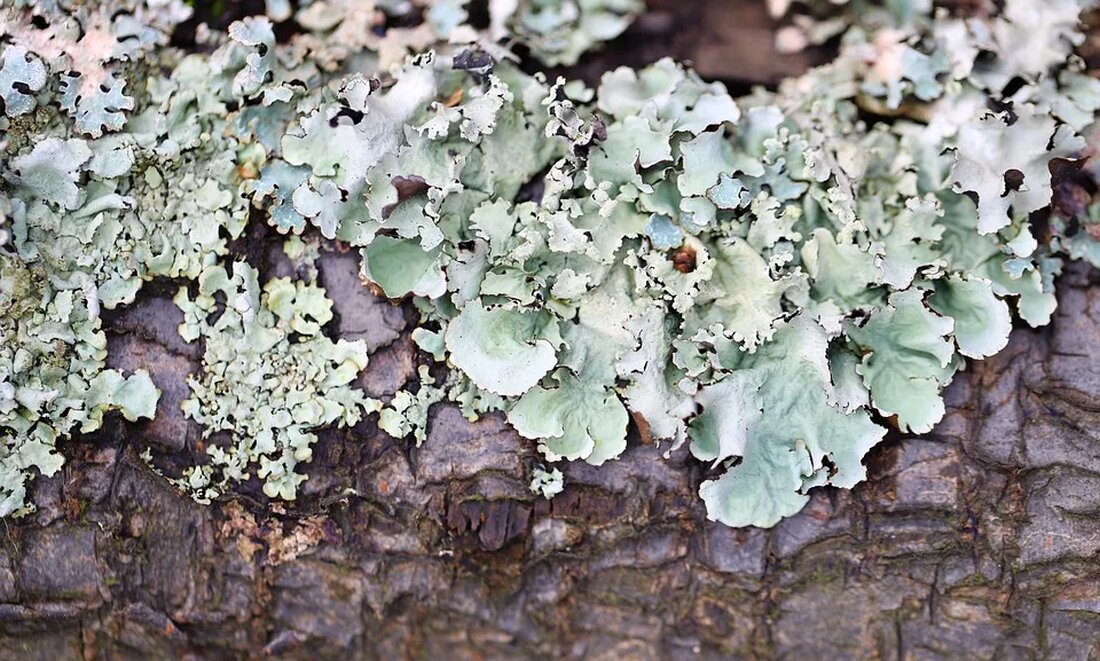Symbiosis between plants and animals
Nature offers a variety of fascinating examples of cooperation and interdependence, one of which is the symbioses between plants and animals. The essence of symbiosis is give and take, from which both parties benefit. The relationship can be so close that the species involved could not survive without the other partner. In this article, we'll look at different forms of symbiosis between plants and animals, from pollination to coevolution to fascinating interactions between specialized species. What is symbiosis? A symbiosis (from the Greek "Sym" meaning "together" and "Biosis" meaning "life") refers to an interrelationship between...

Symbiosis between plants and animals
Nature offers a variety of fascinating examples of cooperation and interdependence, one of which is the symbioses between plants and animals. The essence of symbiosis is give and take, from which both parties benefit. The relationship can be so close that the species involved could not survive without the other partner. In this article, we'll look at different forms of symbiosis between plants and animals, from pollination to coevolution to fascinating interactions between specialized species.
What is a symbiosis?
A symbiosis (from the Greek "sym" meaning "together" and "biosis" meaning "life") refers to an interrelationship between two different species that exists over a long period of time. In this interaction, both partners can derive a benefit, the so-called "symbiotic benefit", or there can also be a negative influence on one partner.
There are three main types of symbioses:
- Mutualismus: Beide Arten profitieren voneinander.
- Kommensalismus: Eine Art profitiert, während die andere Art weder profitiert noch geschädigt wird.
- Parasitismus: Eine Art profitiert auf Kosten der anderen Art.
In this article, we focus on courageism, the most positive form of symbiosis, especially on the symbioses between plants and animals.
Pollination and distribution of seeds
The pollination
One of the most well-known cases of symbiosis is pollination. Many plants rely on animals to transport their pollen from one flower to the next. In return, the animals, mostly insects such as bees, butterflies or beetles, and nocturnal animals such as bats or moths, receive nectar or pollen as a food source.
The plants have developed mechanisms in the course of evolution to attract the pollinators. Some plants invest in attractive colors, intensive fragrances or additional nectar. Others have developed a complex anatomy that can only operate certain types of pollinators, causing them to increase their reproductive efficiency.
Seed distribution
Another form of the symbiosis between plants and animals is the distribution of seeds. Plants are dependent on animals to spread their seeds wide and thus enlarge their population and increase genetic diversity. A classic example of this is fruits that offer delicious, nutritious rewards that attract animals. When animals eat these fruits, distribute the seeds over their feces in the area.
Some plants have also developed a "hook-and-catch" system in which seeds have a sticky surface or barbs and attach themselves to the fur or feathers of animals, only to later fall off.
Symbiosis on a microbial level: Mycorrhiza and nitrogen fixation
Mycorrhiza
We also find examples of symbioses between plants and animals on a microbial level. A common and essential form are mycorrhiza partnerships between plants and mushrooms. The mushrooms penetrate the roots of the plants and form a network of fine thread structures that expand the surface of the roots and thus improve the absorption of water and nutrients. In return, the mushrooms receive carbohydrates, which were produced by the plant by photosynthesis.
Nitrogen fixation
Another form is nitrogen fixation, in which certain types of bacteria live symbiotically with plants and convert nitrogen from the air into a form that the plant can use. Legumes in particular, such as peas, beans and lentils, have this type of symbiotic relationship with Rhizobium bacteria.
Coevolution and specialized symbioses
The close relationships in the symbiosis often lead to Koevolution, in which two types change together over time. An example of this is the Yucca butterfly and the Yucca plant. The Yucca plant produces special fragrant flowers to attract the female Yucca butterflies. In return, the butterfly lays his eggs into the blossom and pollinates them at the same time. A similar pattern can be found in many orchid species and their specific pollinators.
conclusion
The symbiosis between plants and animals shows the complexity and interdependence in the network of life. Whether on the macro level, such as pollination and spreading, or on the micro level, such as mycorrhiza and nitrogen fixation, these relationships improve survival and evolution of both partners. As humans, we can learn a lot from these relationships that remind us that cooperation and mutual dependency often represent the key to success and survival.

 Suche
Suche
 Mein Konto
Mein Konto
